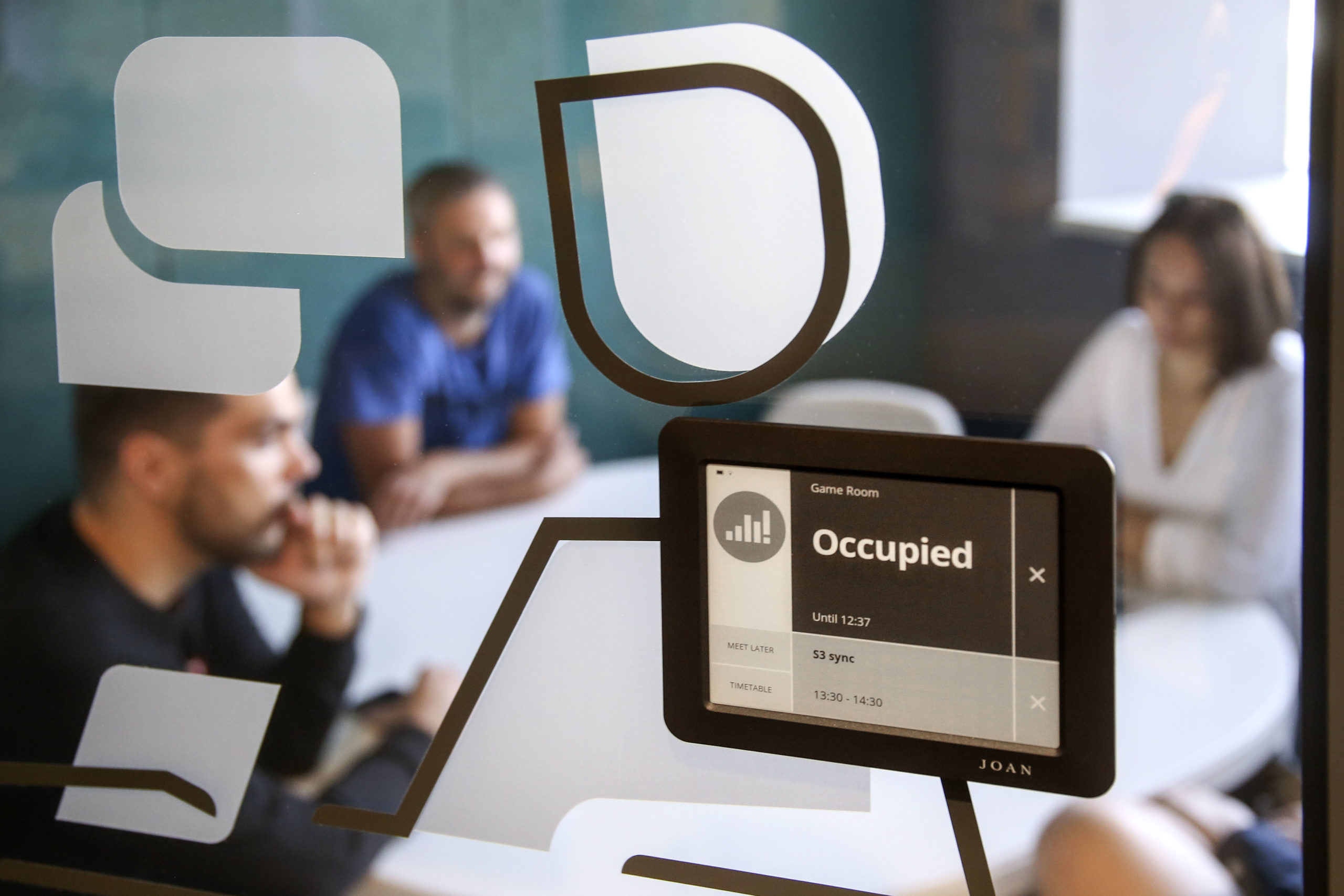Most advertisers nowadays are looking up to use an automated approach with a smart bidding solution to seek better results on different advertising networks and ways to accomplish goals for various campaign types. But is a smart solution always a “smart and right” approach in the case when you have predefined key performance indicators (KPIs) which you should follow?
As the agency which started with advertising one of the most famous brands from the food industry a long time ago, we decided to test an approach with Google automated solution on two accounts. As the client is mainly focused on raising brand awareness, our focus in the strategy was running campaigns on Google display network so we could generate volume in clicks and impressions to achieve our target.
The campaign goal was to achieve a certain number of clicks and impressions to be in the targeted range of KPI’s. In order to maximize the number of clicks we decided to set up experiments in two different Google ads accounts according to the same parameters:
using the same audience – affinity and custom affinity audience with the same demographics (gender and slightly narrow age range)
using the same ads – responsive display ads and image ads with the same creative and copy
using the same geolocation – targeting Croatian market
Experiment split percentage – 50%
different optimization strategy – enhanced CPC versus maximize clicks
set up the bid cap – try to avoid increasing CPC above the KPI’s
Primary hypothesis: we assume that we will achieve more clicks with the maximize clicks strategy instead of using enhanced CPC.
Hence, the idea was to achieve KPI target using an automated approach, not only in short terms but also through the longer period.
The results of the experiment
Did we achieve KPI’s through the smarter & more cost-effective results with max. clicks strategy?
The answer is no. After an approximate one month period of running the experiment, we got significant results for most metrics. Overview for both accounts below.
Account 1. (Metrics with * are statistically significant)

With eCPC strategy, we achieved more clicks & impressions with higher CPC. However, with avg. CPC we were still at the KPI target. With an experimental campaign using Max. Clicks we achieved significantly fewer clicks and impressions but also we were paying less for those amount of clicks.
Account 2. (Metrics with * are statistically significant)

In another account outcome was the same – significantly more clicks & impression with higher CPC in original compared to the experimental campaign. The only difference was in CTR which was higher in the experimental campaign.
Conclusion – Don’t tie smart bidding as you tie shoelaces
So, according to the data from above, we may wonder if eCPC strategy is always a better choice than Max. Clicks in display campaigns? The answer isn’t quite simple – we would like to emphasize that doesn’t mean that an enhanced CPC is always a better approach than Max. Clicks, it’s only a winner compared to the setup we used for the purposes of the experiment.
Basically, we achieved cost-effective clicks (lower CPC) but we didn’t succeed to achieve enough volume of clicks and impressions to be on target with KPI’s. We can only assume a few reasons why Max. Clicks were under delivery and our hypotheses were refuted.
when we set up the bid cap (same as eCPC campaign) on Max. Clicks with targeting an audience which is narrow through the specific age range we had tight smart bidding and constrained optimization to provide us more clicks.
since an enhanced CPC will increase your max CPC bid when it sees a good opportunity, we shouldn’t be surprised if the report occasionally shows average CPCs that are over max CPC. ECPC will try to keep your average CPC below the max you set, but your average CPC may exceed your max CPC for short periods of time.
It means that Max. Clicks strategies with bid cap are “deceived” by eCPC possibility to exceed max CPC and without often tweaking campaigns we are also giving more space for optimization of one model to the slight detriment of another (in this case Max. Clicks). Our next steps are tweaking the campaigns and follow the series of tests with a different setup of Max. Clicks strategies. So, if you are using a narrowed audience (specific demographic) or the same settings in the campaign as we did, draw attention to the setup and think twice before running an experiment. Something similar when you are running.
Check your shoelaces before starting. If they are tight too much, maybe it’s not good for your performance in the long run!







